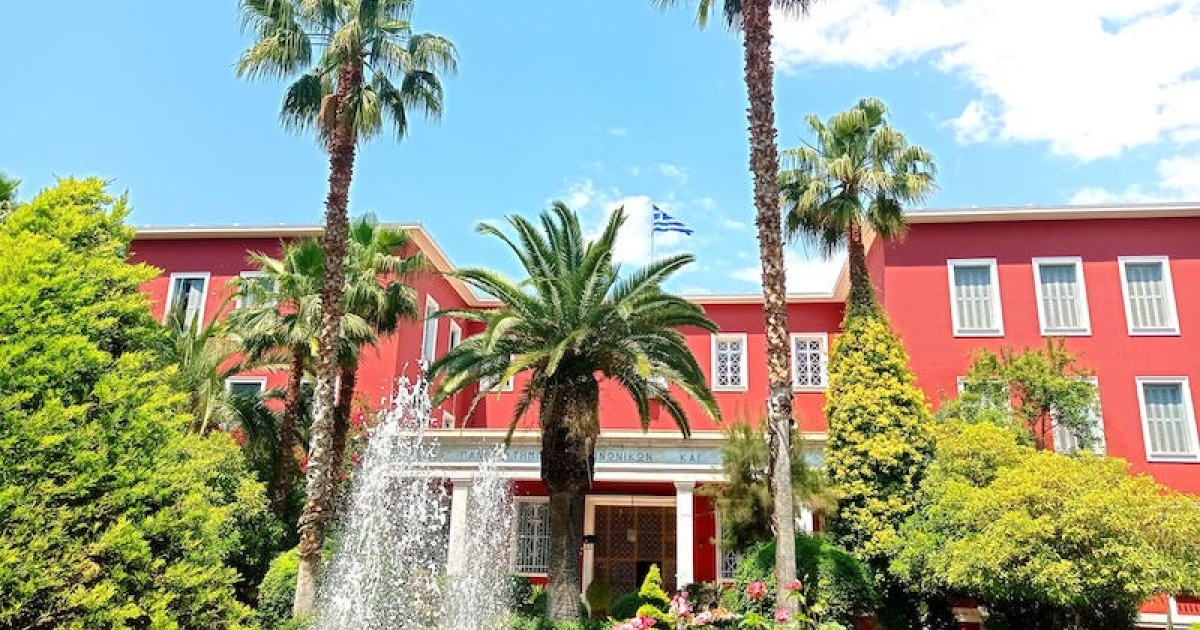Greek National Opera
Greek National Opera
The Greek National Opera (GNO) was founded in 1939 thanks to the actions of Kostis Bastias, writer, journalist, director of the Royal (National) Theater and Director of Arts and Letters under the Metaxas government. It was preceded by 150 years of the flourishing of the art of opera in the Ionian Islands, free from the Ottoman yoke, and by half a century of experience of the most important domestic private opera company, known as Hellenic Melodrama (1888-1943).
At the beginning, the newly founded company was part of the Royal Theatre and performed on the stage of the neoclassical Ziller Theatre on Agiou Konstantinou Street.
From the very beginning, operetta and dance were practiced along with opera. The operetta The Bat was chosen as the inaugural work, combining the three arts. Giacomo Puccini’s Madama Butterfly was chosen as the first opera. The young Maria Kalogeropoulou (Callas) took her first artistic steps with this company, performing leading roles in operas such as Puccini’s “Tosca”, Ludwig van Beethoven’s “Fidelio”, D’Albert’s “Tiefland” and Manolis Kalomiris’ “The Master Builder”.
In 1944, before the liberation from the German occupation, the company was separated from the National Theater and began its independent course under the name of Greek National Opera. It was housed in the old Olympia Theater on Academias Street. Its first production was “Rhea”, an opera by Greek composer Spyridon-Filiskos Samaras. The first director of the company was the composer Manolis Kalomiris.
In 1958, the current Olympia Theatre was inaugurated on the same site as the old one, with Giuseppe Verdi’s “Aida”. This was followed by a boom period, during which the repertoire of the organization expanded considerably, based on its educational mission and with a logic that corresponds to today’s concept of cultural management. Each artistic period included about 20 productions, while a total of about 30 works were presented for the first time, covering all periods, from Baroque to contemporary creation, and all schools, from Italian, French and German to the national schools of Eastern Europe and the works of Greek composers. Important performances took place in the Odeon of Herodes Atticus and in the Ancient Theater of Epidaurus, with Maria Callas in the leading role.
The promising artistic development was interrupted by the military regime of 1967. In the seven years following the coup, the Greek National Opera inaugurated its regular monthly season in Thessaloniki, presenting almost all the works of each artistic season. After the restoration of democracy in 1974, a new generation of Greek artists was invited to the theater and breathed new life into it. During the difficult years of political transition, worthy directors have been at the helm of the GNO, supporting and ensuring its development and artistic growth, despite financial and institutional challenges. The transformation of the GNO into a Legal Entity of Private Law (1994) further boosted its development. A policy of co-productions with leading foreign opera houses was gradually developed and began to flourish in 2000. The significant expansion of the repertoire was followed by a visual upgrading of the opera spectacles and the international promotion of the organization. At the same time, the policy of extroversion, through outreach events throughout the country, led to the expansion of the audience.
On 23 February 2017, the Stavros Niarchos Foundation Cultural Centre, the new home of the Greek National Opera, has been transferred to the Greek State. The first performances of the company were presented in both venues, the Stavros Niarchos Hall and the Alternative Stage, during the trial period in the spring of 2017.






